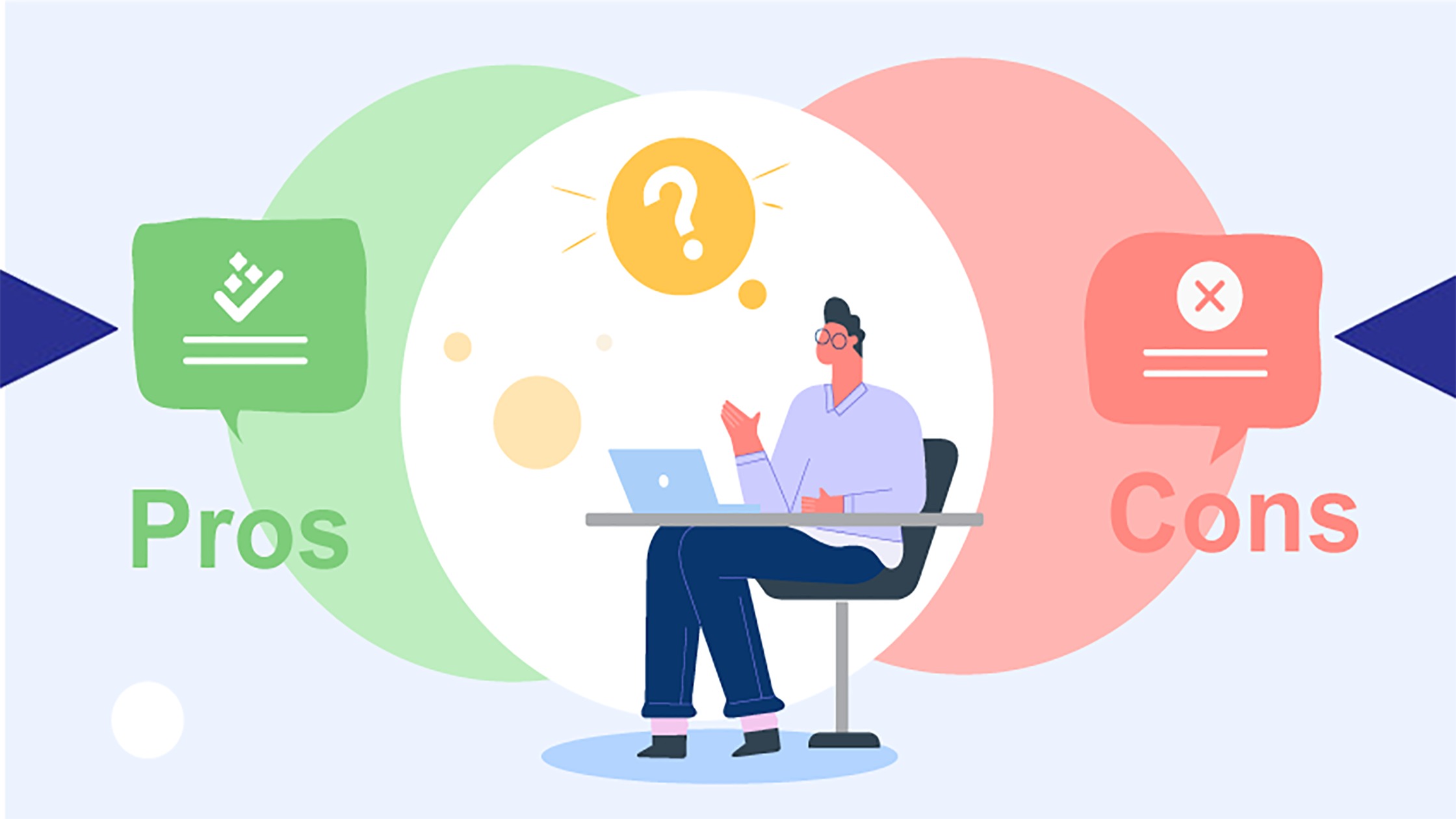
You will explore the benefits and drawbacks of starting a loyalty programme with this post. This essay is for you if you’re seeking for a thorough breakdown of all the best and worst aspects of reward schemes.
Contents: Advantages of Loyalty Programs:
Retention of Customers: Increasing
Customer Lifetime Value is rising
bringing in new clients
Obtaining additional client data
decreasing the amount of clients that aren’t lucrative
brand support
Drawbacks to loyalty programmes
Differentiating between regular shoppers and devoted customers
Saturation of the market at break-even
Data on loyalty have limitations.
the control of the loyalty programme
What if the loyalty programme is discontinued?
Why do loyalty programmes have advantages and disadvantages?
The goal of loyalty programmes is to reward your top (most loyal) customers and boost client retention. Businesses decide to offer a rewards programme in an effort to keep their current consumers and convert potential new customers into devoted ones. It is much simpler to sell to your current clients than to find new ones. According to Harvard Business Review, firms find it 5 to 25 times more difficult to acquire new customers than to retain current ones.
Although having a client loyalty programme may seem like a foolproof plan, there are certain benefits and drawbacks to reward programmes. This article should allow you to compare the advantages and disadvantages of having a client loyalty programme.
improving client retention
By rewarding customers for their frequent purchases, a rewards program’s main goal is to keep customers. Such initiatives increase customer retention by making clients feel appreciated, which motivates them to keep using your goods and services. Investing in maintaining devoted consumers is a crucial strategy because doing so can increase profitability by 25 to 95% (source: Bain & Co.). Just a 5% increase in customer retention can do this.
Customer Lifetime Value is rising
The net profit ascribed to the whole relationship you will keep with a customer is called customer lifetime value (CLV). It assesses both the current worth of the customer to you and the anticipated value of all future interactions you will have with them.
bringing in new clients
An effective customer loyalty programme can aid firms in gaining new clients. If you provide points or discounts, new clients will be more likely to sign up for your loyalty programme and benefit from your deals. Customers may feel a subliminal sense of reciprocity when they receive something for free, which might actually enhance their desire to buy. With customised offers, you can encourage customers to make their first purchase once they give you their permission and some personal information.
There is no question that the advantages of loyalty programmes exceed the drawbacks when weighing these pros and downsides. If you introduce a loyalty programme in the market with care and strategy, you may avoid the majority of the drawbacks. You must be aware of your target market’s preferences, preferred incentives, and communication channels. You need to communicate the program’s existence to your audience and make it simple for them to grasp, engage in, and understand. The ability to test, tweak, and enhance the programme is crucial, therefore tracking, reporting, and the adaptability of your customer loyalty software are all crucial.
Our loyalty software, Evolve, can assist you in launching loyalty programmes with only a few clicks and with the least amount of effort possible for integration with your current software solutions. You may divide your customer base, design specific rewards, levels, and earning rules for each section, and distribute them through the channels of your choice using our loyalty programme management system. For marketers to set up and monitor the programme, as well as for end users, we offer an interface that is simple to use (to see their progress and available rewards). You can alter your branding, events that are logged, and customer details.
